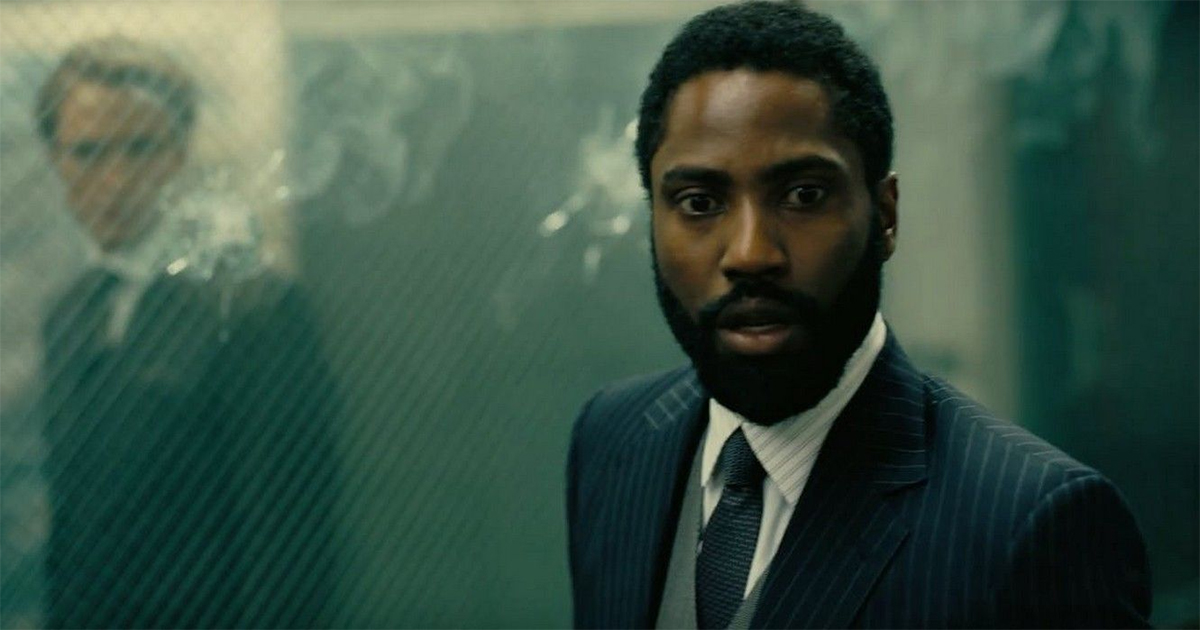
The giant screen spectacular of 2001: A Space Odyssey, Lawrence of Arabia, Dunkirk or The Hateful Eight are visually epic in ways that many filmmakers can only dream. The sheer cost of using exotic equipment like Hasselblad lenses and IMAX cameras put it beyond the reach of wannabe David Leans or Christopher Nolans.
Until now. New kit from cameras and lenses to adapters is paving the way for so-called medium format cinematography to be produced on a budget.
The argument is put forward by Yaroslav Altunin at CineD.
Originally, medium format film was used on Mamiya, Hasselblad, and Rolleiflex cameras (to name a few), delivering frame sizes of 60mm by 70mm.
“These larger frame sizes dwarf the image circle of every 35mm photography and Super35 cinema lens on the market, which is why Christopher Nolan used rehoused Hasselblad lenses for Dunkirk and Tenet, as well as several custom lenses from Panavision. Medium format lenses are larger and create a bigger image circle that covers these gigantic frame sizes.”
READ MORE: Is Medium Format Cinematography Becoming Mainstream? (CineD)
This, says Altunin, has a unique effect on your recorded image. “Depending on your framing, your subject is separated not only from your background but also foreground. It creates a larger-than-life aesthetic that is costly to achieve. Imagine getting the intimacy of an 80mm lens, with the width of a 35mm lens.”
While Leica, Pentax, and Hasselblad released several medium format cameras a few years back their quality left something to be desired, according to Altunin. However, he feels that the new Fujifilm GFX 100s ($5999) is the real deal, especially paired with the Atomos Ninj V recorder ($600) which will output RAW. However, the frame size is still 43.9mm x 32.9mm and nowhere near the size of 65mm or IMAX.
“These larger frame sizes dwarf the image circle of every 35mm photography and Super35 cinema lens on the market, which is why Christopher Nolan used rehoused Hasselblad lenses for Dunkirk and Tenet, as well as several custom lenses from Panavision. Medium format lenses are larger and create a bigger image circle that covers these gigantic frame sizes.”
— Yaroslav Altunin, CineD
Altunin’s answer is to add a focal reducer (or speedbooster). By pairing a Fujifilm GFX 100s with a Metabones 0.71x Hasselblad V to Fuji G Speedbooster ($800), “we are able to get a gorgeous medium format frame comparable to an 80mm image circle,” he declares.
If Hasselblad V system lenses are too expensive (they can cost up to $5000 a unit) then Kipon makes a 0.7x Mamiya 645 to Fuji GFX for Mamiya lenses and if the GFX 100s is out of the range there are other speed boosters that can achieve a larger frame even when using full-frame cameras.
“By taking cameras such as the Sigma fp L, Canon R5 or Sony FX3 and combining them with Kipon Speedboosters we can adapt Mamiya 645 lenses to E-mount, R-Mount, or L-Mount. This set-up would provide a comparable image to a 56mm diagonal frame, or roughly 46mm by 31mm. Think of this as the Super35 of Medium Format Cinematography.”
While all of these options may not have the ergonomics or workflow of an ARRI Alexa 65 or a Panaflex 65, they are amazing options for filmmakers to achieve an unattainable look.
“It is incredible to see that these tools are finally within reach,” Altunin says. “What the DSLR revolution did for budget-conscious filmmakers, this new medium format evolution will once again change how we create our imagery.”

